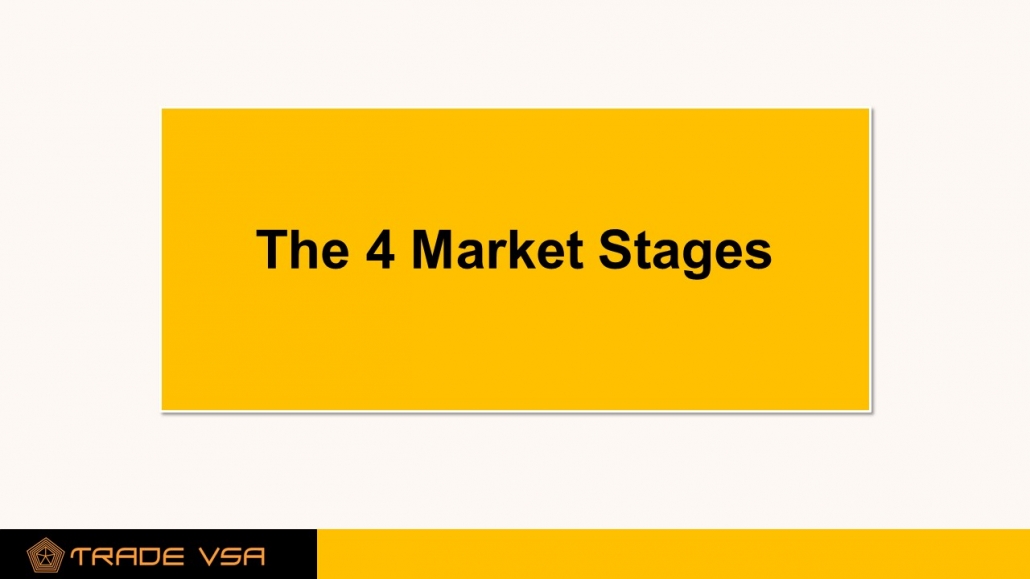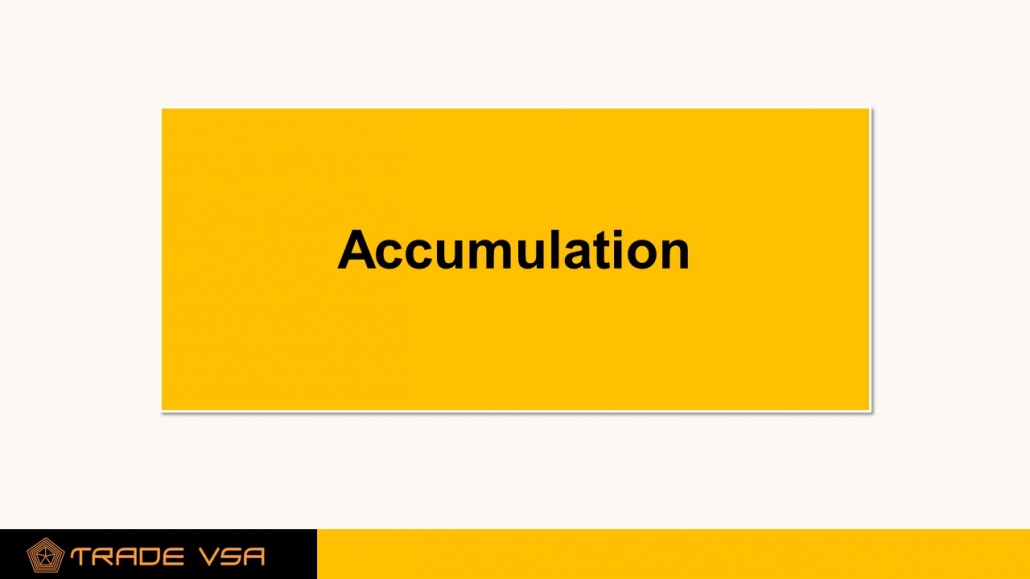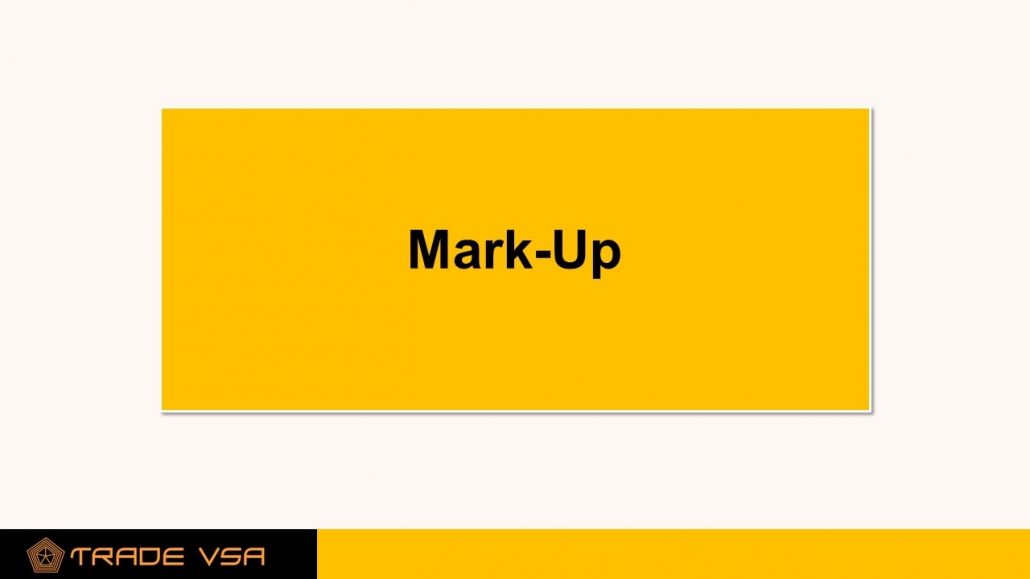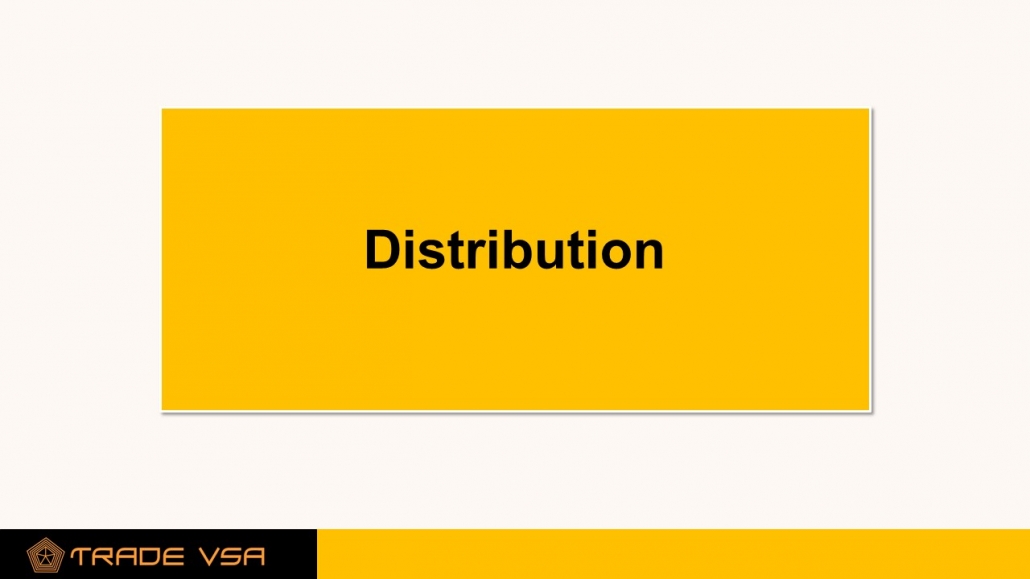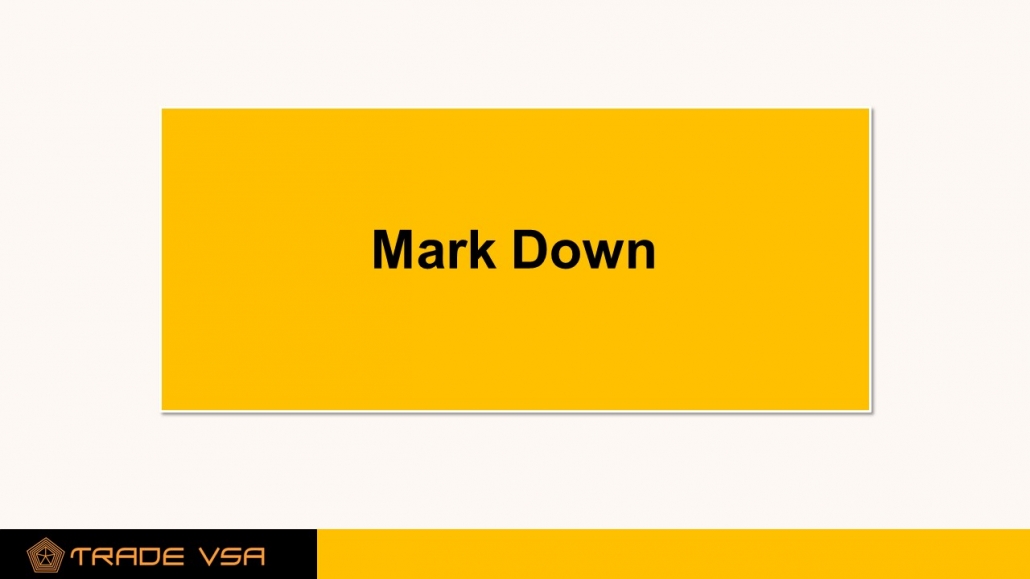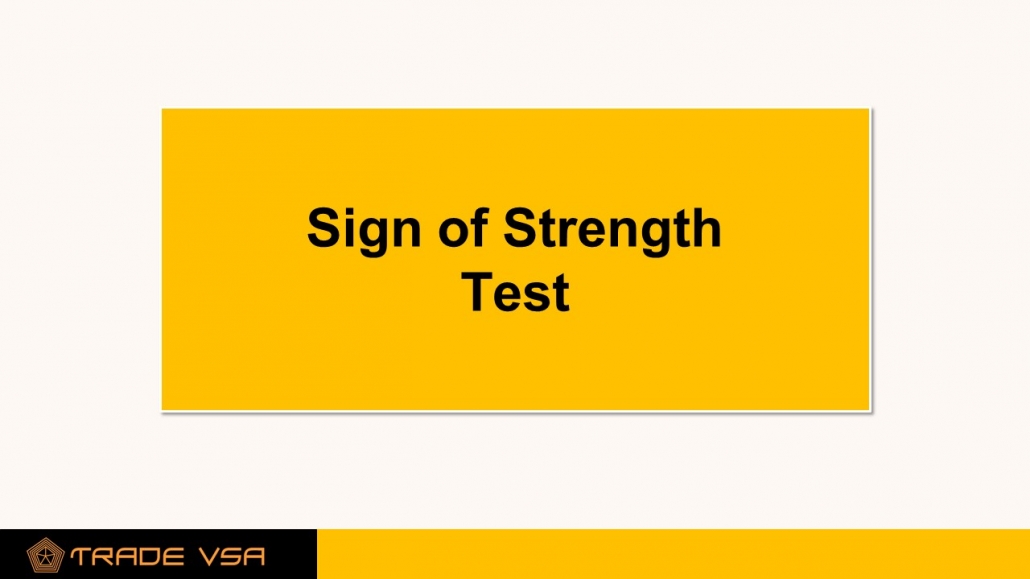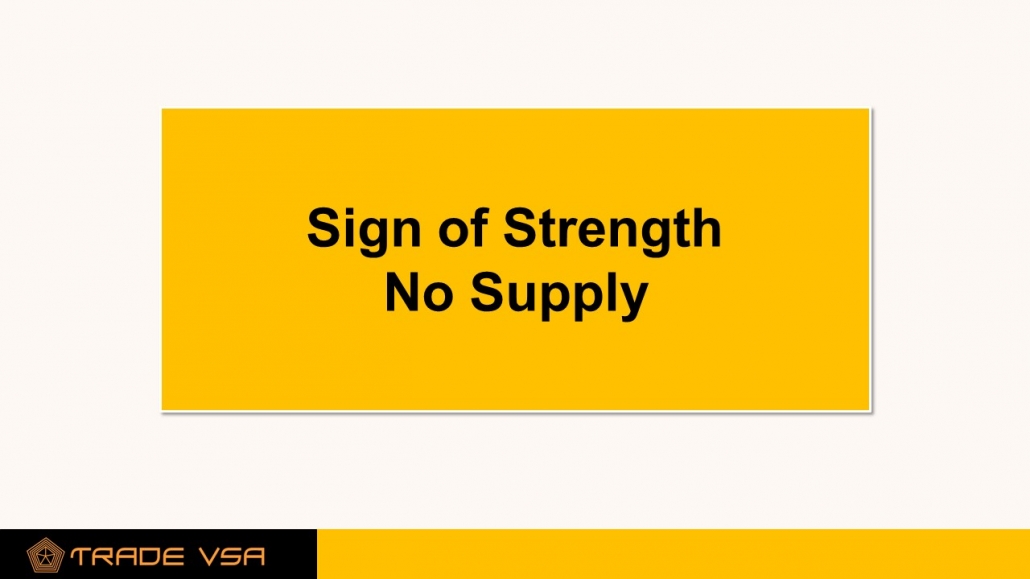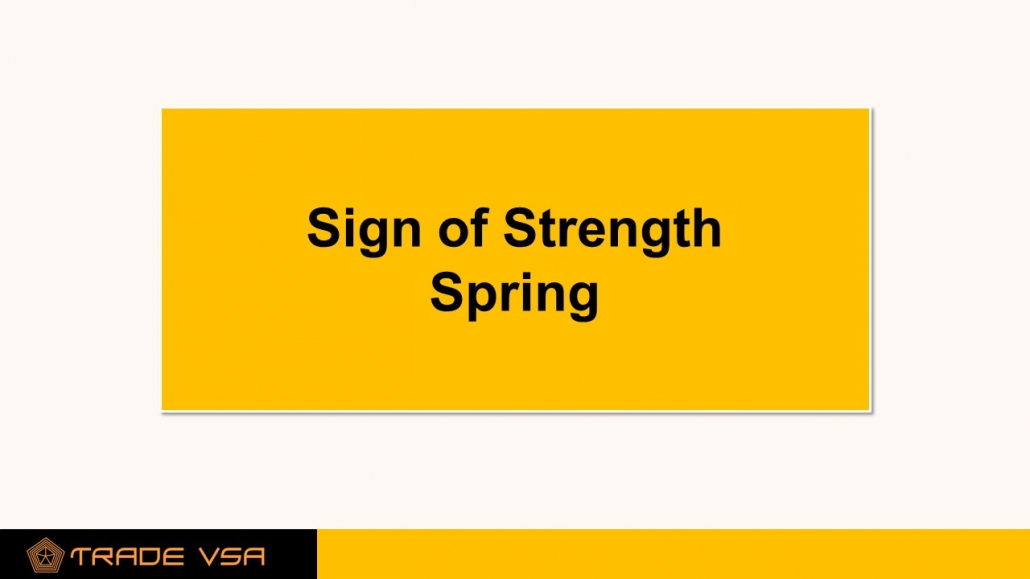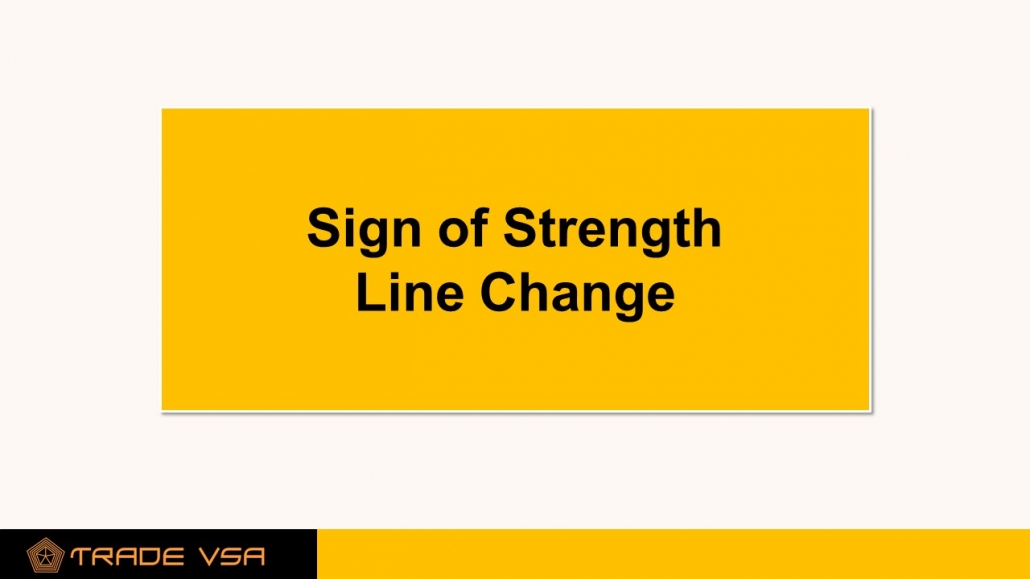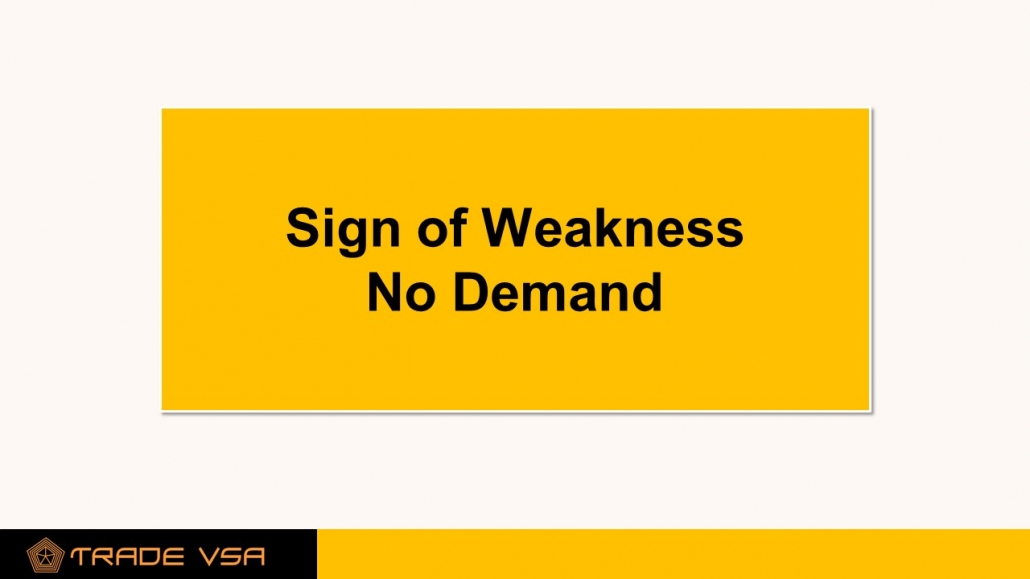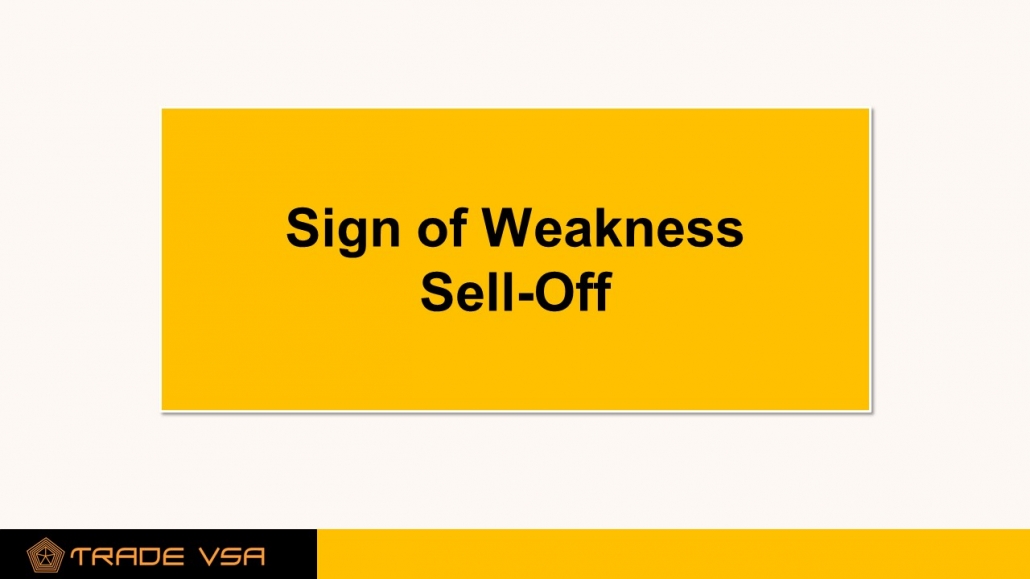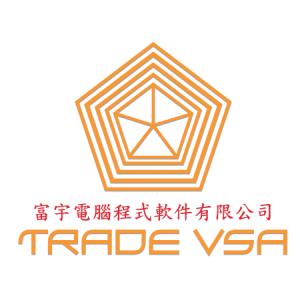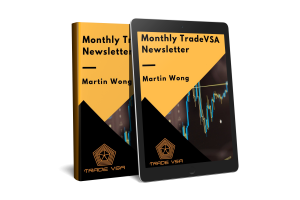The 4 Market Stages
Introduction to Market Stages
Price moves in rotational stages, especially when influenced by Smart Money activity. This rotation is referred to Market Stages
Stage 1: Accumulation
Accumulation starts when the Smart Money are usually entering their positions. An area where smart money buys stocks with the intention to mark-up prices. At the same time the public tends to sell in that area
Stage 2: Mark-Up
The phase of the market where prices rise, from the beginning of a bull market to its top. It is during this stage that price action can go from neutral to trending. If you begin to see higher highs and higher lows (pullback) after price breaks out, it is a sign that the markup stage has begun.
Stage 3: Distribution
An area where informed forces sell stocks or futures with the intention to mark-down prices. At the same time, less informed and inexperienced traders/investors tend to buy in that area
Stage 4: Mark Down
The phase of the market where prices decline, from the beginning of a bear market to its bottom
Sign of Strength
SoS – T
A test is associated with small range and light volume—it increases the likelihood that the previous trend is over and the market is ready to mark higher. Usually smart money test the market if supply is present or not
SoS – NS
A market condition where demands is easing back in couple with absence of supply to push price lower
SoS – SP
A form of a test of a trading range. Characterized by pushing prices below support by the smart money in order to check the status of supply. The market’s response to the spring indicates the nature of supply and demand forces for the near future
SoS – LC
A beginning of a Mark Up stages. Usually it’s 5-line change (weekly breakout) or/and 18-line change (monthly breakout)
Sign of Weakness
SoW – UT
The mirror of a spring. It is a form of a test of a trading range. Characterized by pushing prices above resistance by the smart money in order to check the status of demand. The market response to the up thrust indicates the nature of supply and demand forces for the near future
SoW – ND
Market conditions where supplies are greater than demand with price moving higher on lower volume under the pretense of distribution.
SoW – SO
A vigorous penetration of the support that held prices throughout the process of distribution. Usually associated with a wide price range, weak closes and large volume

